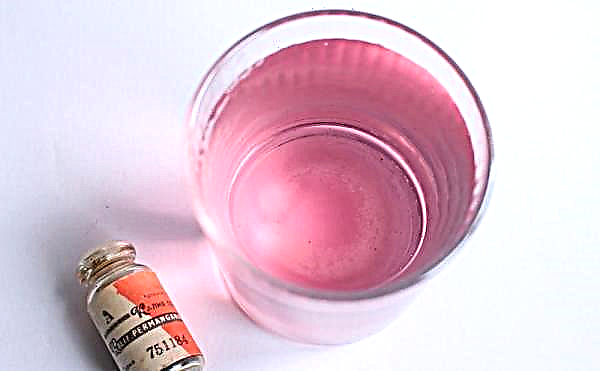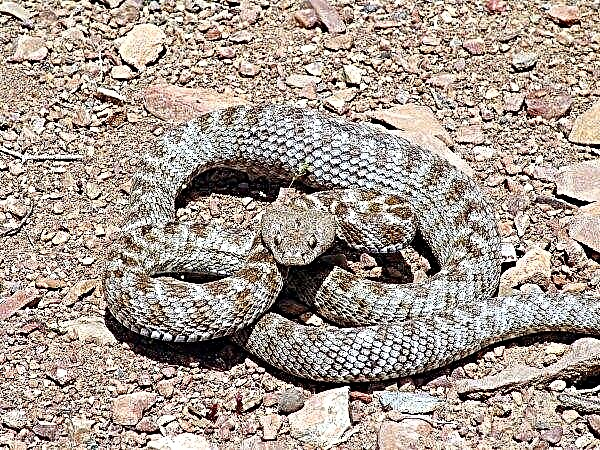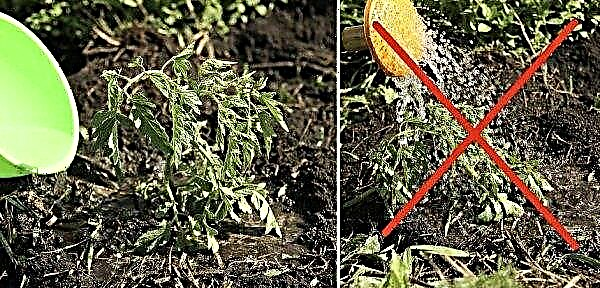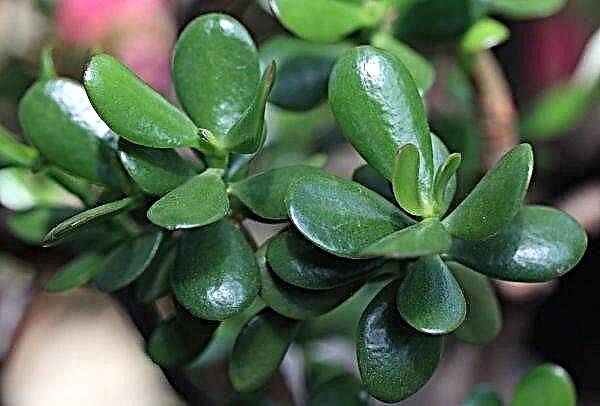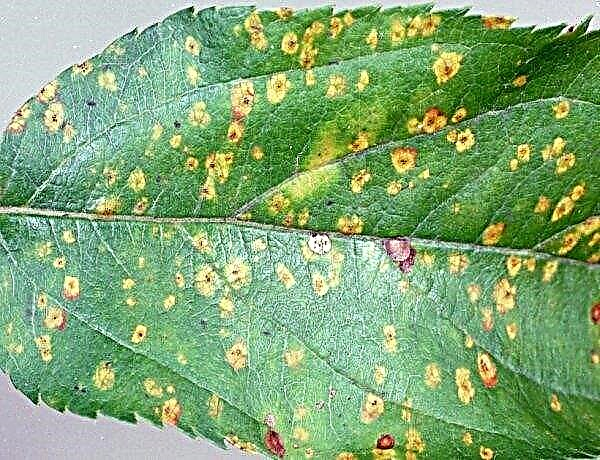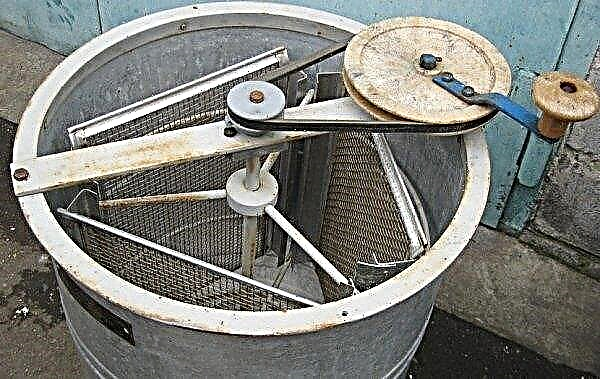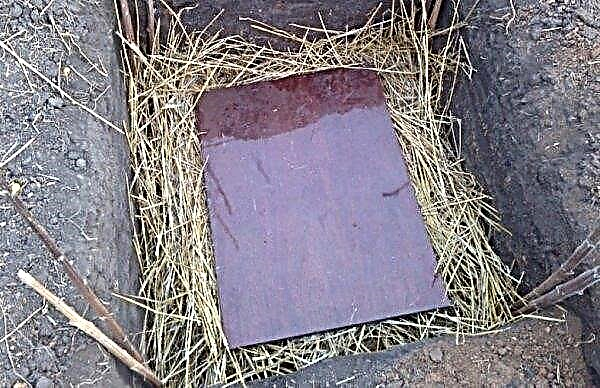When growing various vegetable crops in a greenhouse, the gardener has to deal with a variety of difficulties, one of which is mold. It is an accumulation of harmful fungi that affect the soil and plants, reduce productivity and are harmful to human health. This article lists the main types of mold, considers the causes of the appearance of the fungus and measures to combat them, and also provides some recommendations on how to prevent the appearance of mold in the greenhouse.
Types of mold, their nature
Mold in the greenhouse appears as a characteristic coating on the surface of the soil, plants and the structure itself. This plaque is formed by colonies of unicellular and multicellular microscopic fungi, which are grouped into a separate kingdom according to the international biological classification. They are parasites that can exist both independently and within the host, and also have an increased ability to survive even in the most extreme environmental conditions.
Did you know? In France, special types of blue cheese are made that can be eaten.
The main types of mold that can appear in the greenhouse:
- White mold. Visually, it resembles small lumps of cotton wool, covering with a thin layer some parts of plants and the soil on the beds. The cause of the disease is a sharp change in the microclimate in the building, associated with insufficient air circulation or non-compliance with irrigation rules. As the infection spreads, the spores of the fungus form small dense areas, painted in dark color. The affected plant dries up, the fruits cannot ripen and sometimes begin to rot, which leads to loss of yield.
- Black mold. Spores of this type of fungus form a dark coating on the stem with a slight purple hue. Ideal conditions for the spread of infection are high air temperature and humidity. At the initial stage, the disease attacks the lower leaves of the plants, covering them with small red spots that resemble burns. In the future, lesions spread to the entire leaf, the stem blackens and the plant dies.
- Gray mold. This infection is characterized by the appearance of a grayish plaque and moist dark spots on the surface of the stem, leaves and fruits. The disease often occurs in greenhouses with high soil density and improper ventilation. The spores of the fungus first affect the root of the vegetable crop, and then spread throughout the plant. As a result of this, the culture fades, the entire surface of the bush is covered with a light or pink coating, and the fruits are deformed and become unsuitable for consumption.
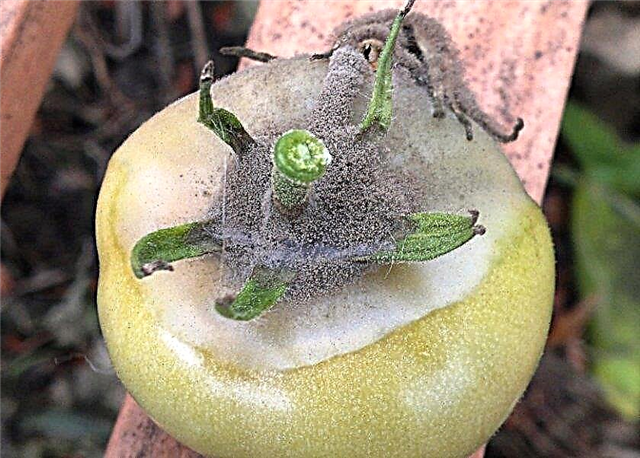


The main causes of mold in greenhouses
The spores of the fungus are easily tolerated with air currents and can be in the soil or water for years. Under adverse environmental conditions, they are not able to actively reproduce, but retain viability. The greenhouse is an enclosed space, and when a suitable microclimate is established in it, the spores of the fungus awaken from hibernation and quickly spread to the beds, infecting the soil and plants. To protect the crop from mold, you need to know the main causes of this problem in the greenhouse and eliminate them in a timely manner.
Lack of proper ventilation
A good ventilation system is one of the main conditions for successfully growing vegetables in a greenhouse.
Stagnant air is an ideal medium for the rapid propagation of fungal spores, because it becomes the cause of such phenomena:
- with a lack of ventilation, the level of humidity of air and soil inside the structure increases;
- lack of regular circulation of air masses can lead to a significant increase in temperature in the greenhouse;
- stagnation of air on the beds provokes the appearance of insect pests - they weaken the immunity of plants and make them more susceptible to fungal infections.

Important! Aeration of the greenhouse is necessary, but cold drafts should be avoided - they cause a sharp temperature drop inside the structure and contribute to the active propagation of the fungus.
High humidity
Another favorable condition for enhancing the activity of the fungus is increased humidity in the greenhouse. Usually it occurs in violation of the rules for caring for vegetable crops and is accompanied by an active spread of mold on the surface of the soil and plants, as well as on the walls of the greenhouse.
In a hermetically sealed greenhouse, air humidity is about 95%.The main causes of increased humidity of air and soil in the greenhouse:
- lack of regular airing - contributes to the appearance of wet condensate on the inside of the polycarbonate structure;
- excess watering - leads to waterlogging of the soil in the beds and creates ideal conditions for the development of mold on the soil;
- damage to the hose for irrigation - water from such holes uncontrolled into the beds and can form puddles, causing the soil to get wet;
- dense earthen crust around plants - leads to stagnation of water on the surface of the soil and increased humidity.
A large number of wooden surfaces
Spores of the fungus can be found not only in the soil, but also in the loose tissues of wooden products. Wood consists of many microscopic slots in which, under certain conditions, an almost ideal microclimate is created for the growth of mold.
Here are a few reasons why this disease can appear in a greenhouse:
- the wooden frame of the structure - after several years of operation, the wood begins to deteriorate, therefore it needs special treatments and mandatory disinfection;
- a large number of wooden racks and boxes inside the structure - they well absorb moisture and may contain whole colonies of the fungus;
- the presence of unpainted wooden surfaces in the greenhouse - without a protective layer of paint, open wood is very susceptible to the penetration of microorganisms and spores.
Insufficient lighting
A common cause of mold in the greenhouse is the lack of lighting. Under the influence of ultraviolet rays, the soil inside the structure warms up well, which reduces the activity of fungal spores.
A lack of light in a greenhouse can occur in such cases:Important! The lack of sunlight can provoke a decrease in air temperature in the greenhouse to +20 ... + 22 ° C, which is the best indicator for the appearance of mold.
- the location of the greenhouse next to other structures and trees that create shade;
- cloudy weather for a long period of time;
- thickened beds within the structure;
- dirt on the walls of the greenhouse.

Why is it dangerous
When the fungus enters vegetable crops, it clogs the vessels of the plant and starts the process of toxic substances release. In the confined space of the greenhouse, they accumulate in the soil, leaves and fruits of vegetable crops, as well as in the air.
- Therefore, the appearance of mold in the greenhouse is always accompanied by such negative consequences:
- damage to the wooden frame of the greenhouse - fungal spores propagating in the wood provoke rotting of the material;
- infection of all wooden surfaces inside the structure (tables, drawers, racks) - they become unsuitable for further use, i.e. they are covered with a layer of mold;
- death of plants and loss of crop - a microscopic fungus destroys the planting and makes the fruit unsuitable for eating;
- the appearance of diseases of the respiratory tract and skin of a person - when inhaling spores or eating mold-infected vegetables, asthma, coughing or an allergic reaction can develop, accompanied by redness of the skin and the appearance of itching.

Preventive actions
The fight against mold takes time from the gardener and requires some effort, and part of the crop is usually lost. Therefore, it is much better to initially create in a greenhouse such conditions under which the risk of infection will be minimal.
Basic preventive measures to help prevent mold in the greenhouse:
- periodic inspection of beds and walls of the structure for the appearance of fungal spores;
- regular ventilation of the structure;
- control over the temperature and humidity in the greenhouse;
- compliance with irrigation standards;
- weeding and loosening of row-spacings to improve water permeability of the soil;
- disinfection of planting material in a weak solution of potassium permanganate before embedding in the soil;
- fumigating the inside of the greenhouse with a sulfur block in the fall after harvest, in order to destroy the fungal spores remaining in the soil;
- spring treatment of the walls of the greenhouse with a solution of potassium permanganate and soap for disinfection;
- compliance with the recommended planting scheme for vegetable crops in the greenhouse;
- removal of condensate from the walls of the greenhouse with a piece of clean and soft cloth.

What to do if mold appears in the greenhouse
If the gardener could not avoid mistakes in caring for plants, then mold will inevitably appear in the greenhouse. In favorable conditions, the spores of the fungus multiply very quickly, so at the first sign of infection, you must immediately begin to fight this problem. To do this, first of all, find out and remove the possible causes of the appearance of the fungus so that they do not cause re-infection of the beds. After that, they proceed directly to the elimination of the mold layer on plants and the earth. Read more about how to process the beds in the greenhouse - later in the article.
Soil treatment with carbon-mineral mixtures
To remove excess moisture from the soil, it is recommended to use special sorbent preparations with carbon (for example, Ermak). They also contain minerals that contribute to the destruction of fungal spores. You can buy such carbon-mineral mixtures in specialized stores. The powder is applied evenly on the surface of mold-infected earth in a greenhouse.
Important! Mulching of beds with a sorbing mixture of carbon and minerals is carried out twice with an interval of 20-30 days.
Dusting the soil with ash and charcoal
In the fight against mold in closed ground, experienced gardeners use the fact that harmful fungal spores respond poorly to any alkaline environment. That is why they introduce ash and charcoal into the soil, thereby reducing the acidity level of the soil to fight infection.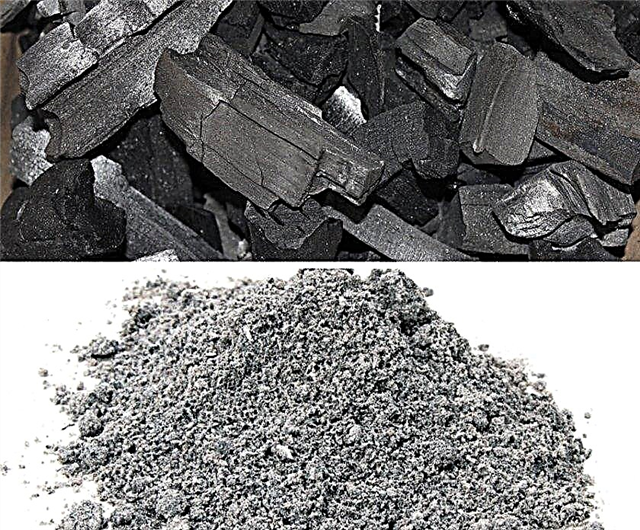
The basic rules for processing beds with ash and charcoal:
- the ingredients are ground into powder and mixed in a ratio of 1: 1;
- the resulting dry mass is sprayed on the surface of the soil around the plants in the greenhouse;
- processing is carried out 3 times per season with an interval of 3-4 weeks.
Treatment with a copper solution of peat
Another effective remedy for mold control in the greenhouse is peatline. It is a dried peat briquette, which contains a synthetic polymer. Upon contact with water, the initial briquette volume increases several times, which contributes to loosening of dense soil in the beds.
To destroy the harmful fungal spores, an aqueous solution of peat with the use of copper sulfate and lime is used. A step-by-step algorithm for its preparation and application is presented below:
- Prepare a liquid solution of 1.5 g of copper sulfate and 1.5 l of water.
- Break half a standard briquette of peat into small pieces and pour the prepared solution for 4-5 hours so that they swell.
- Mash the resulting mass to a homogeneous consistency. Add to it 20 g of dolomite flour, mix again.
- Spread the resulting mass on the ground around all plants in the greenhouse. If necessary, this procedure can be repeated after 3 weeks.
Did you know? The spores of the fungus are able to survive even in conditions of a high level of radiation - the inner part of the sarcophagus installed above the 4th unit of the Chernobyl nuclear power plant is covered with a thick layer of mold.
Mold in a greenhouse is a serious problem that can threaten crop loss. But you can prevent its occurrence if you create a suitable microclimate inside the structure and properly care for the beds. If the infection still appeared in the greenhouse, you need to analyze its causes and begin the fight against the fungus using the recommendations listed in this article.


